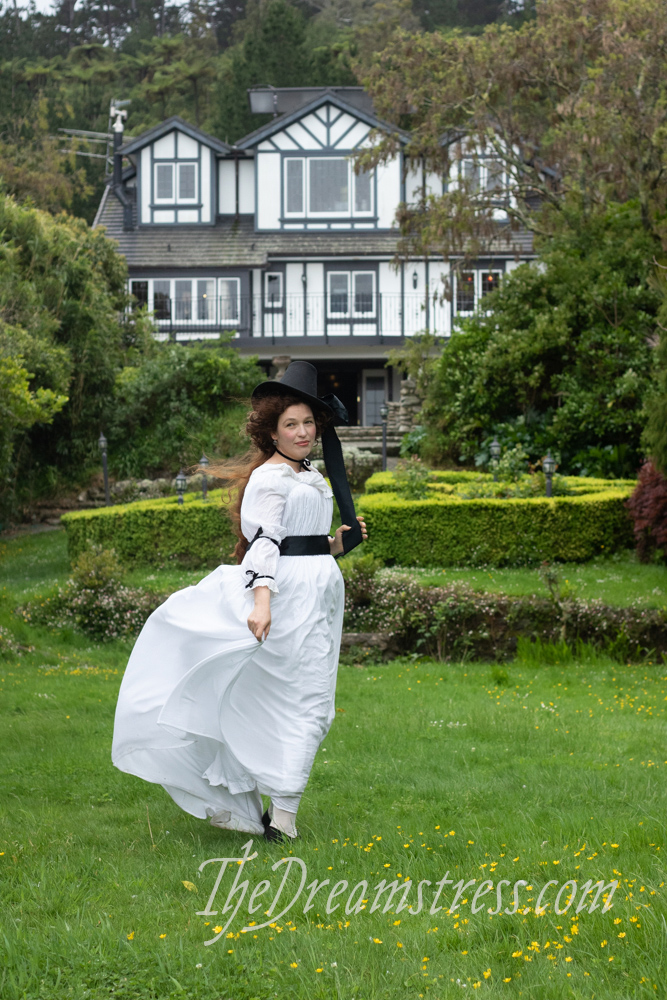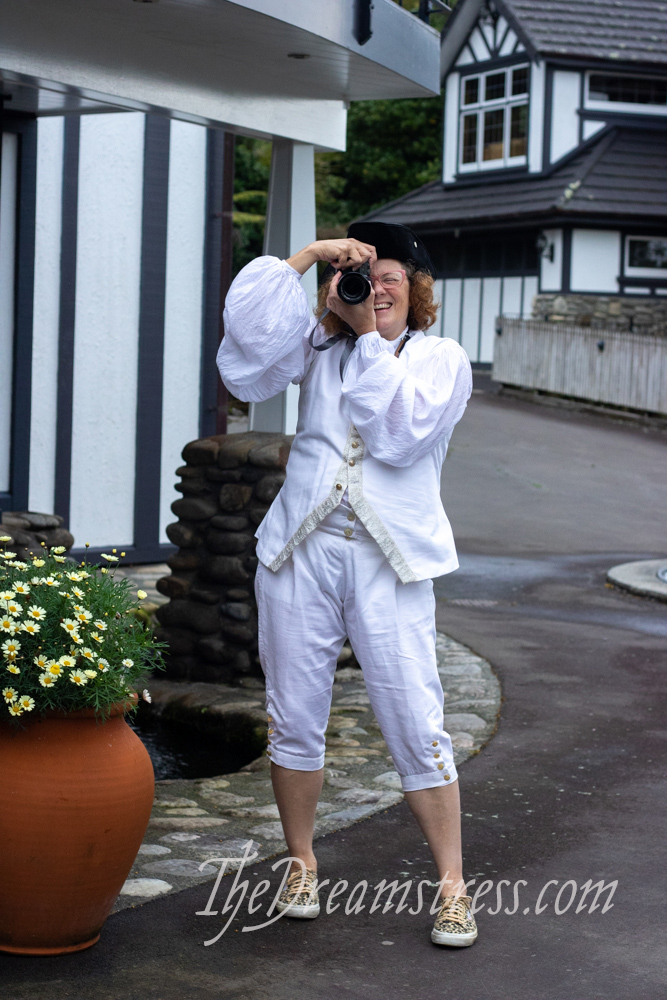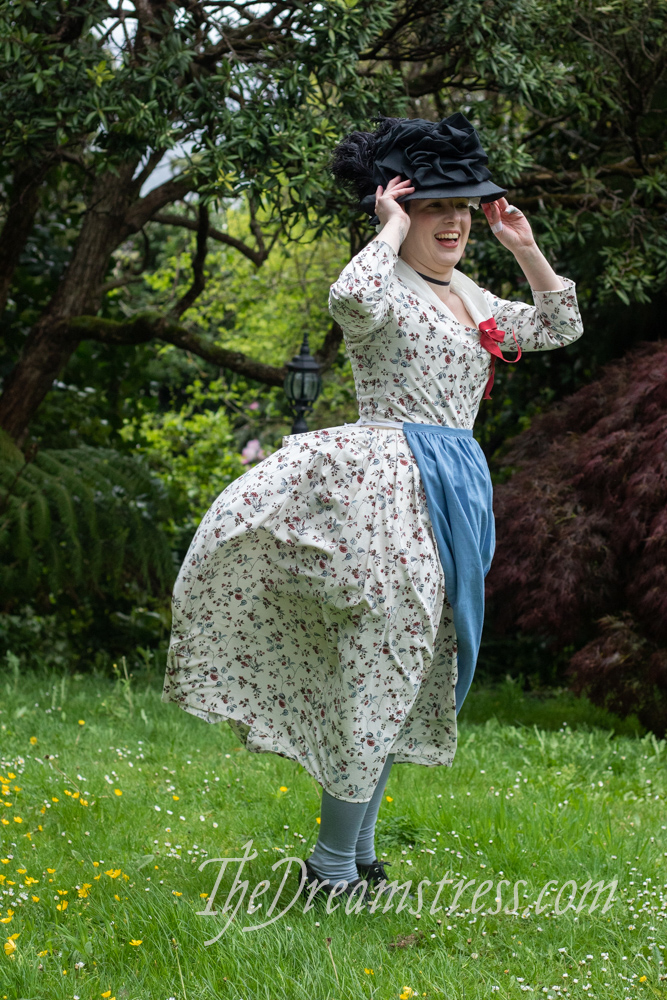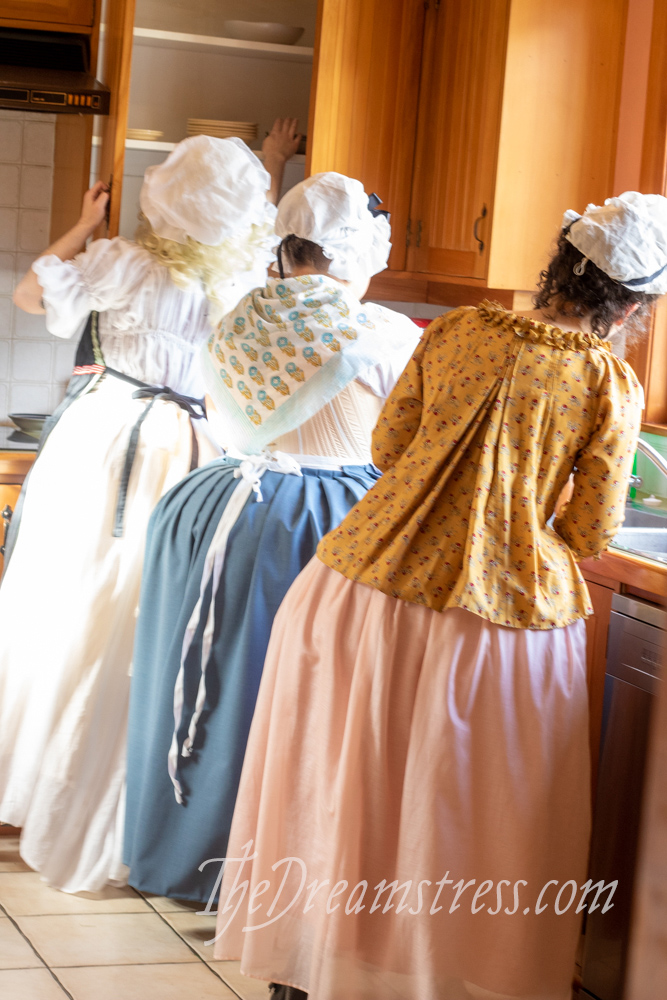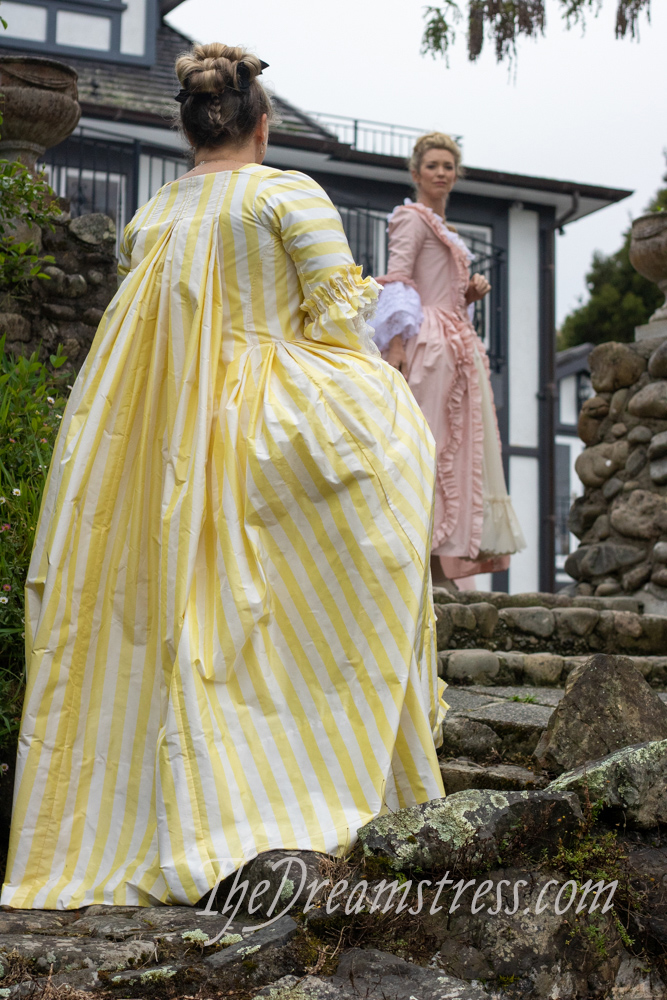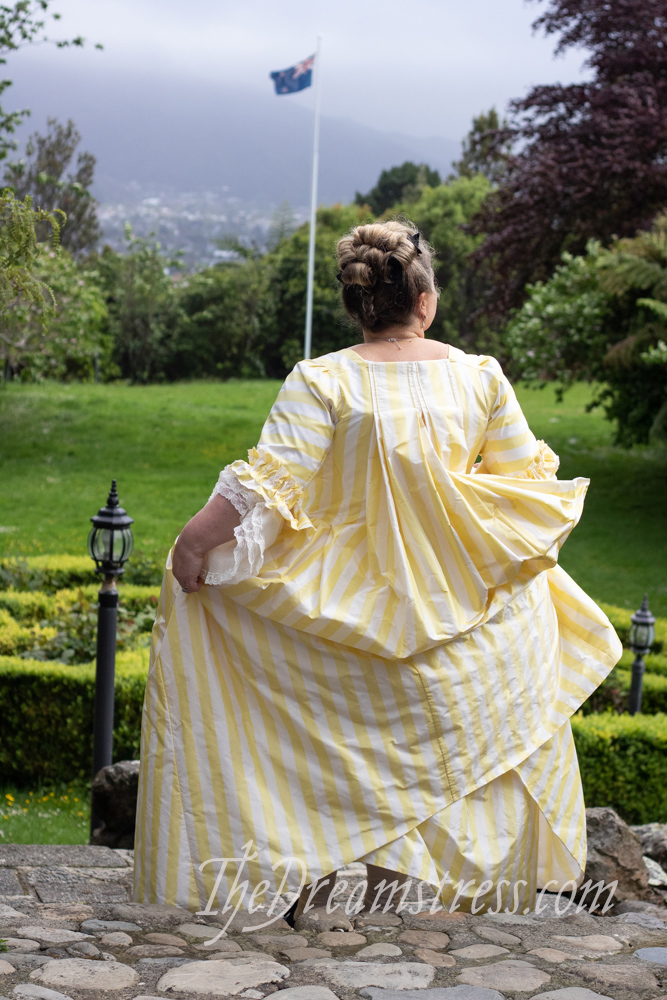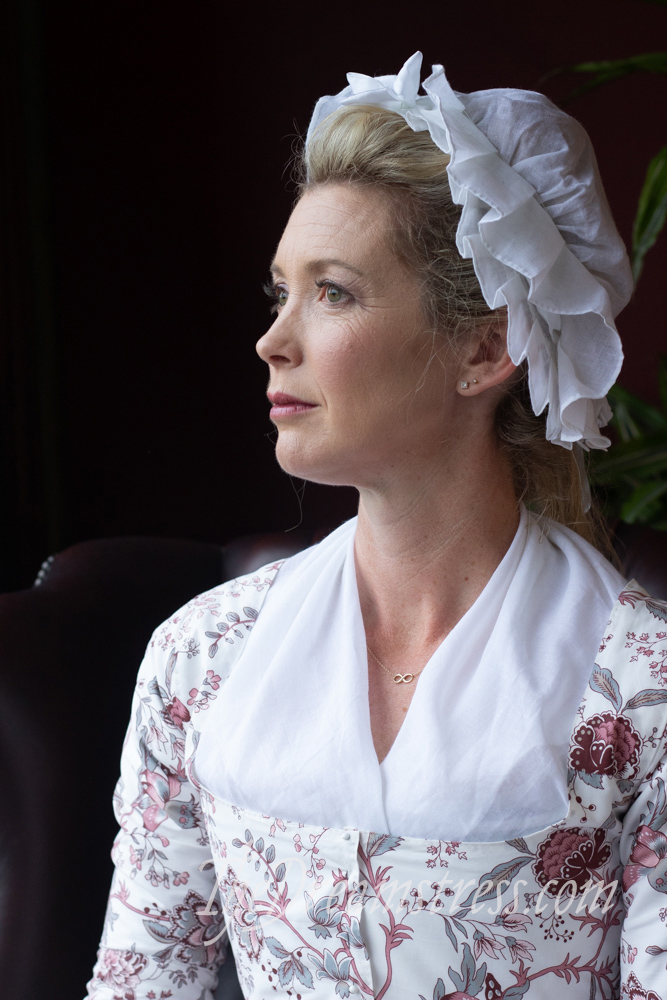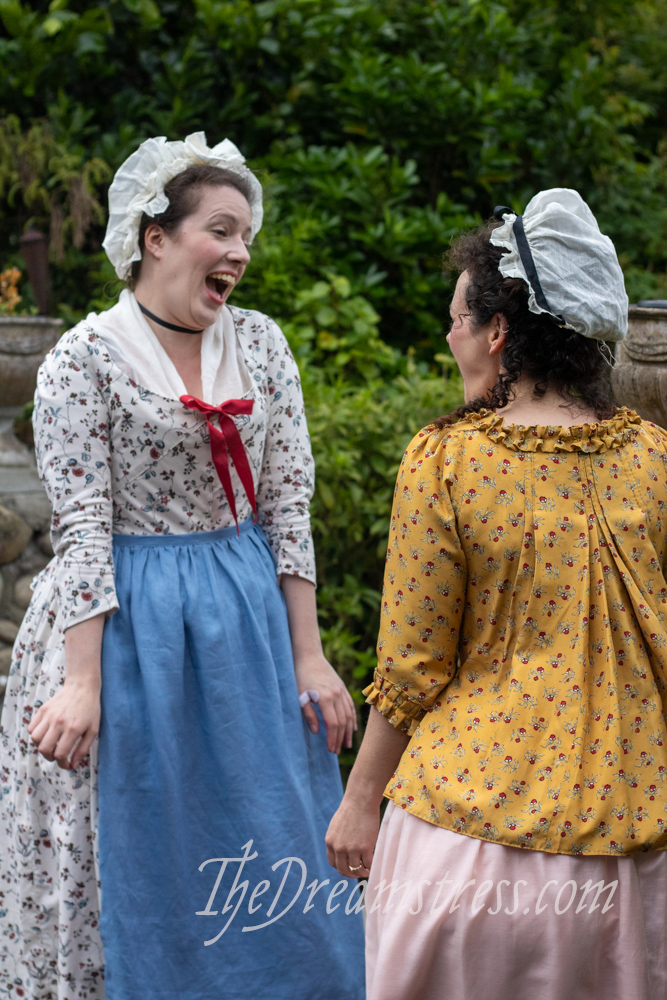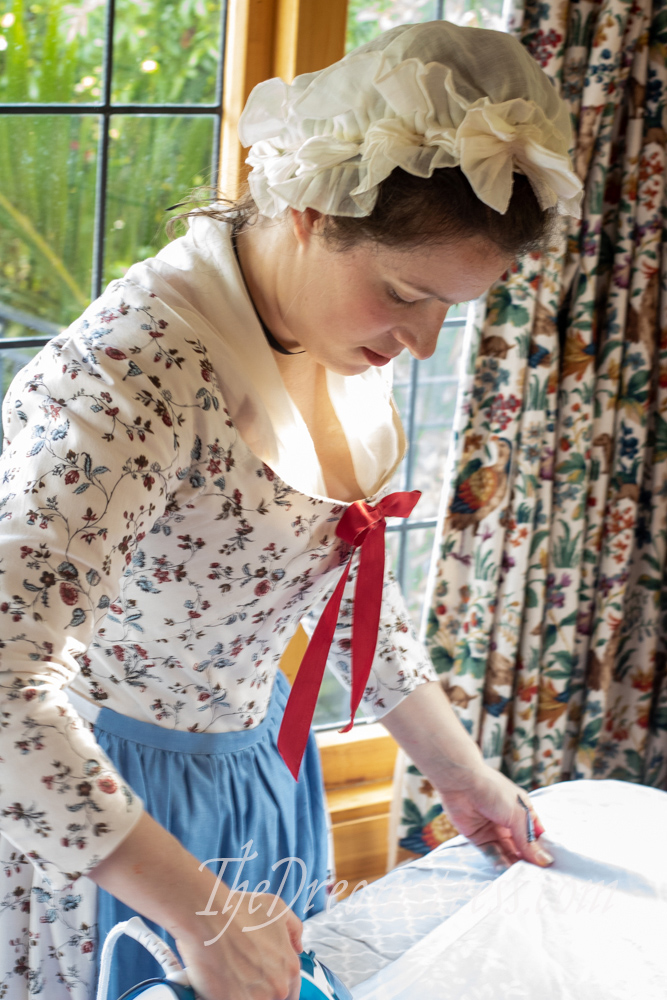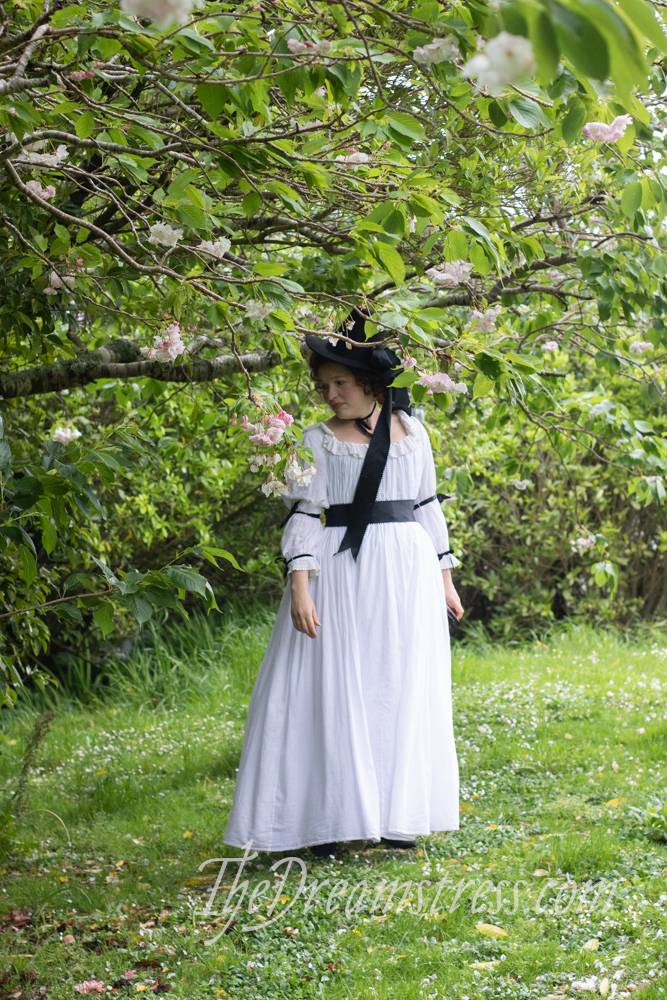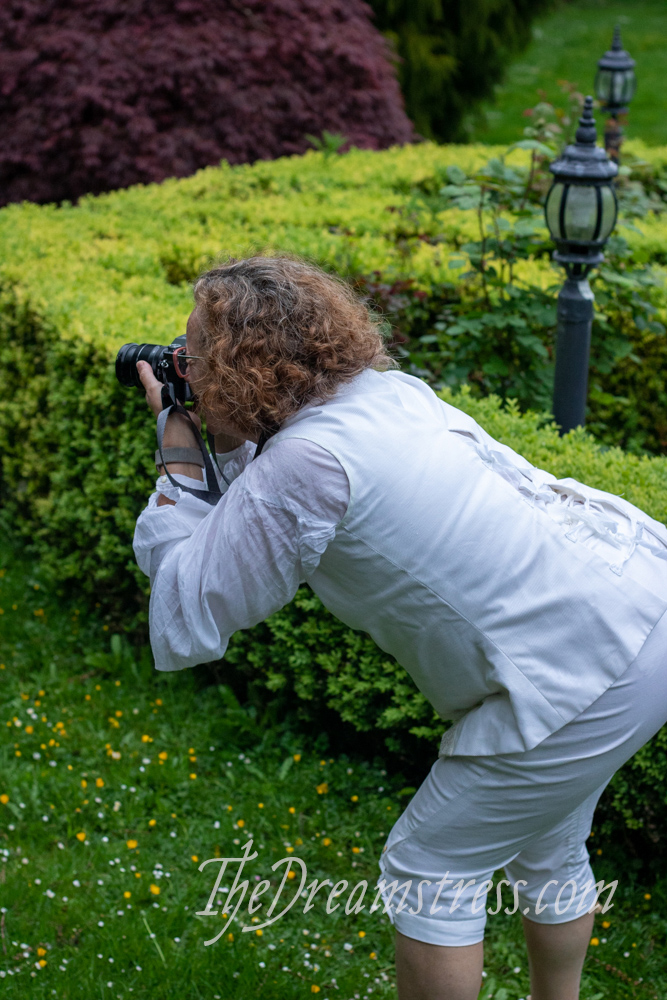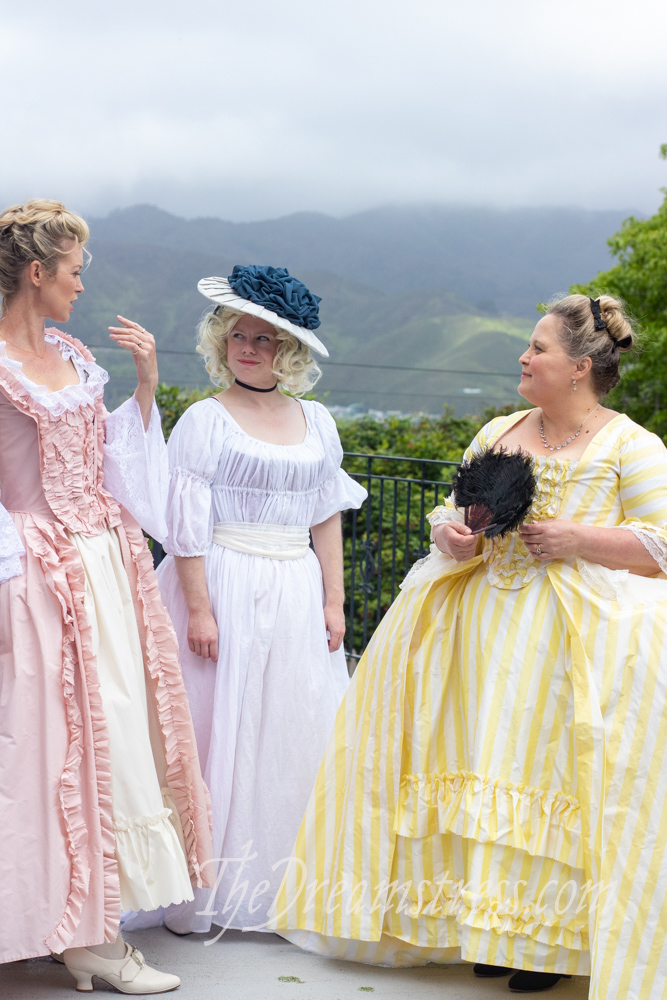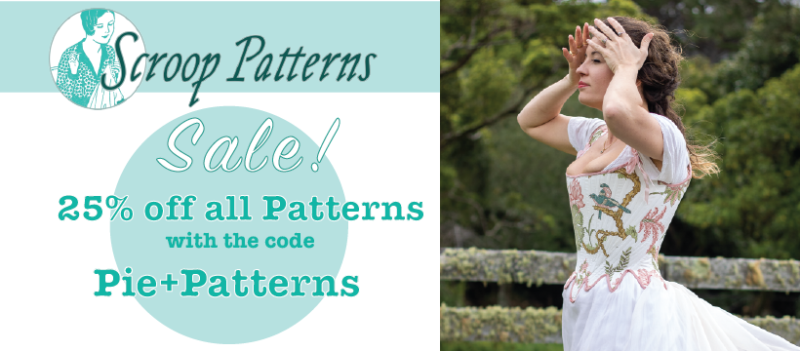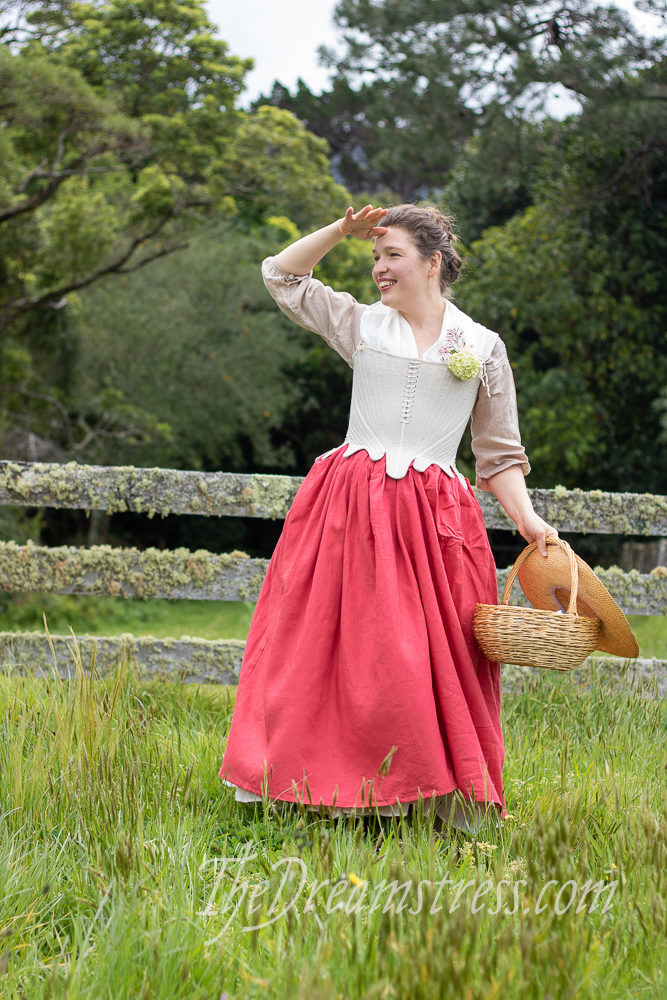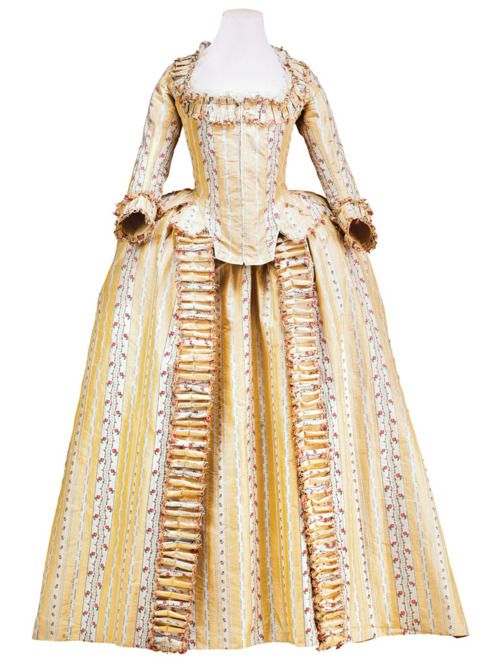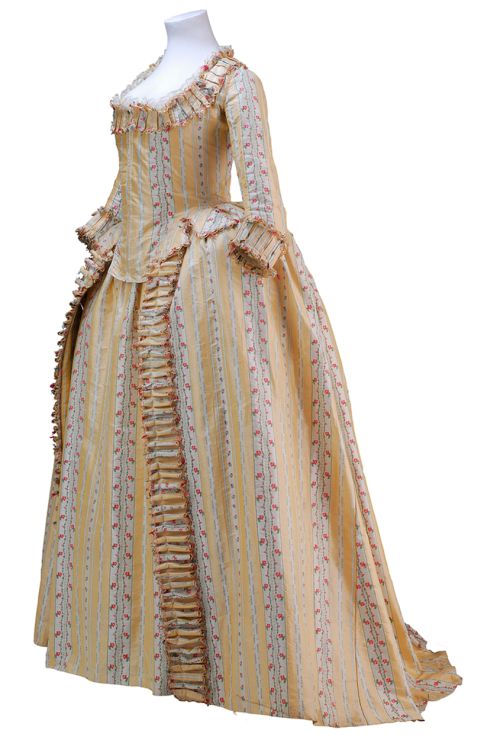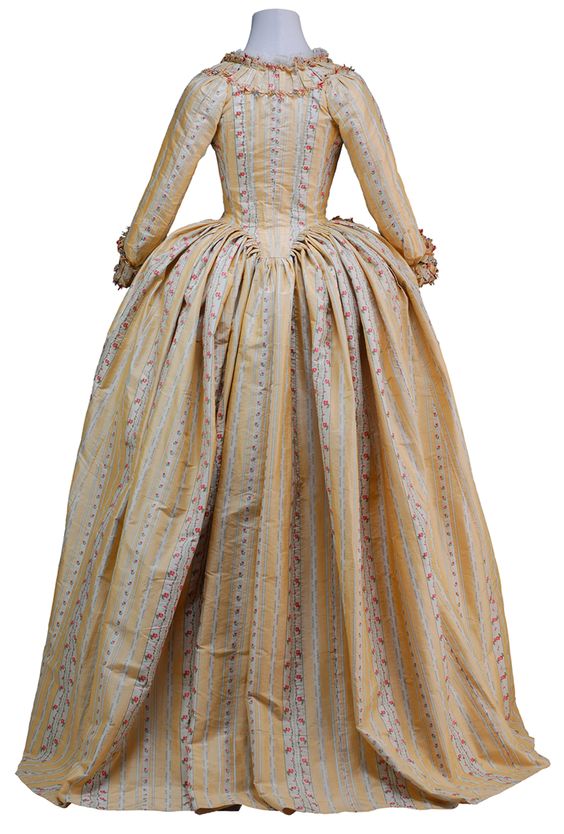It’s a weird feeling being in New Zealand in 2020.
We had a small outbreak of Covid19. We had 6 weeks of lockdown back in April/May. We’ve had a couple of tiny community outbreaks since then that have quickly been contained. Our borders are effectively closed. We wear masks on public transport, and scan in with the tracer ap at stores and restaurants.
But other than that, life is normal.
We can go out to eat. And to the movies. School resumed after lockdown. We just celebrated Graduation 2020 at Toi Whakaari, with the whole school, and singing, and family.
And I talk to my parents in Hawai’i, and my friends on the mainland US, in Britain, and Australia, and continental Europe, and I feel guilty.
It feels wrong to be living life as usual, to be happy, and content, when so many people aren’t. When life is so disrupted for so much of the world. When so many people are dying.
And yet I know this is irrational. I cannot help how things are overseas by not going on walks and seeing friends here. If things were awful here I’d be grateful and glad for friends and family in places that were good. I’d want to know they were safe, and to see pictures of them having fun.
I hope that’s true for you to: that it’s good to see someplace where life is normal. And I hope and pray that life is normal again overseas before too many more people die.
One of the normal things we got to do was the Historical Sew & Eat Retreat 2020.
It’s our third HSER, and we splashed out on a mansion this year – or at least a very large, rather strange house.
We held it over Halloween weekend, with an 18th century theme, and a spooky Halloween dinner.
We had a marvellous time, despite less than marvellous weather, a perplexing lack of wine glasses (I may be a teetotaller but I still like drinking my water out of fancy glasses!), and a scheduling mix-up on my part that meant I missed a day.
Here’s a sampling of photos – there will be more in themed posts, when I tell you all about some of the outfits, and the food, and more fun things!
